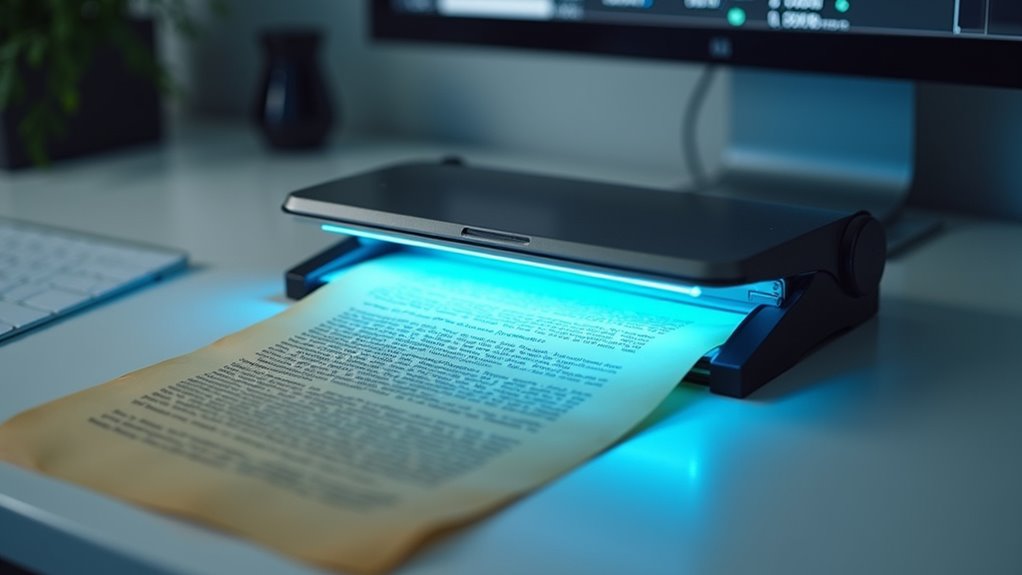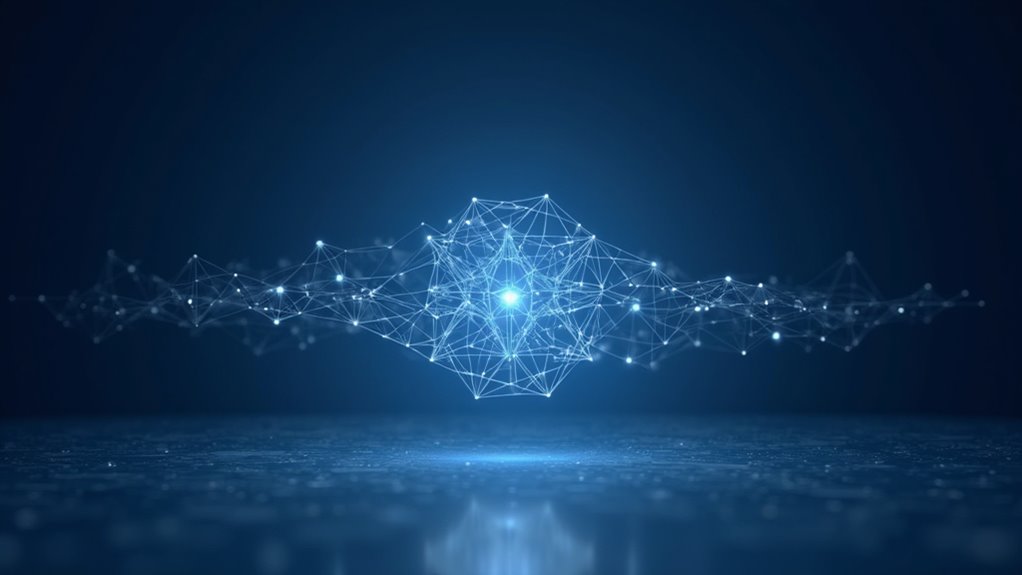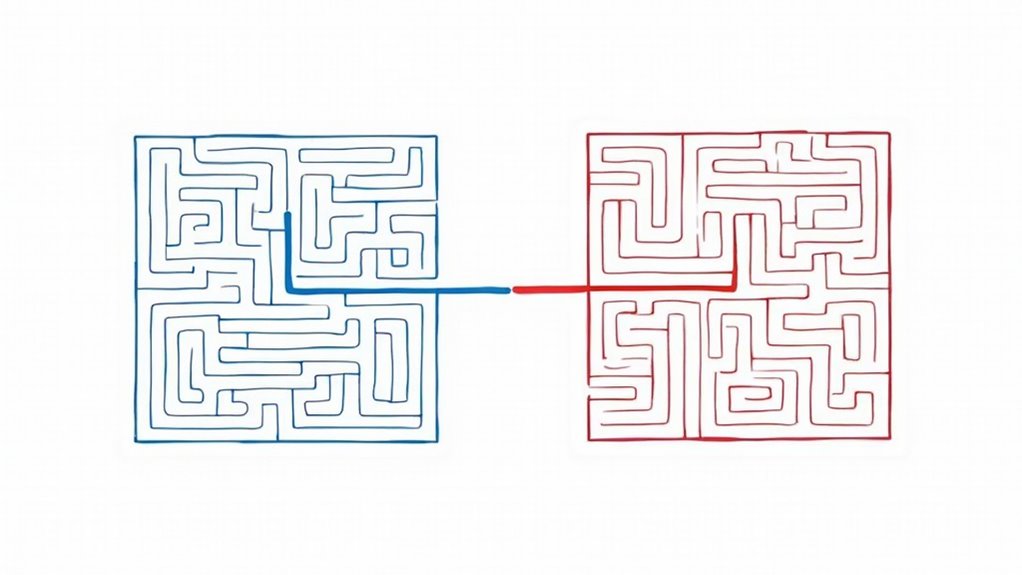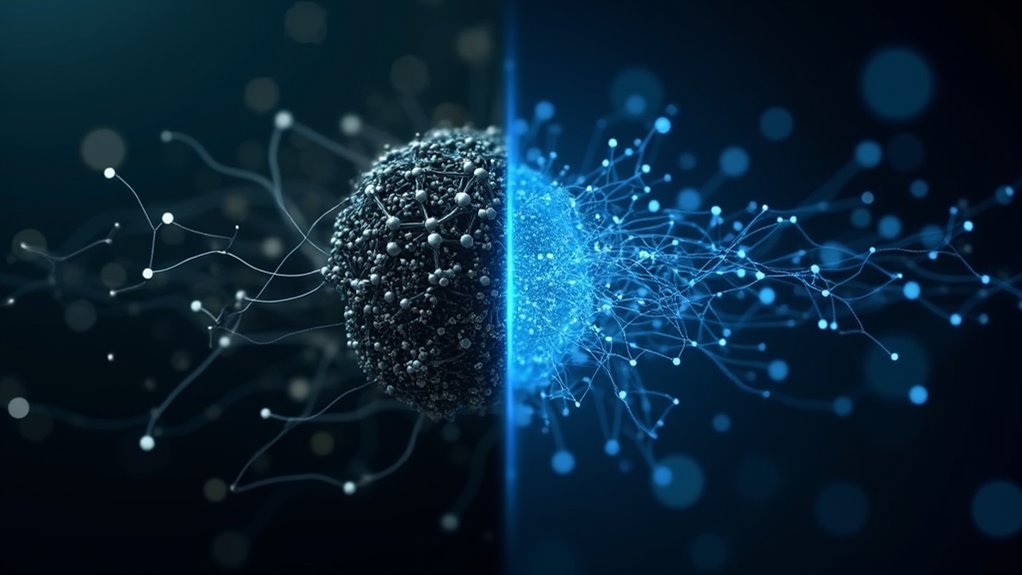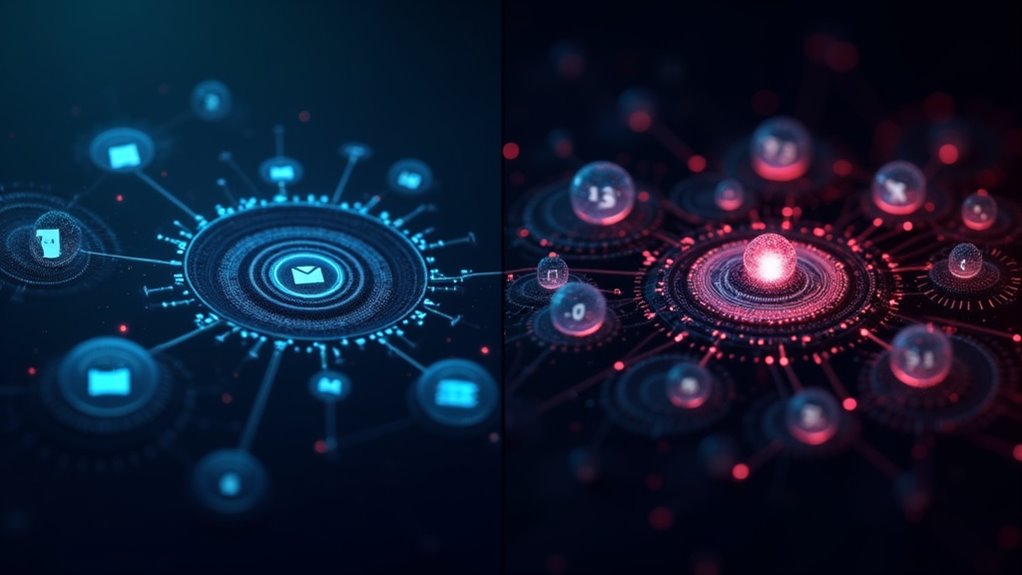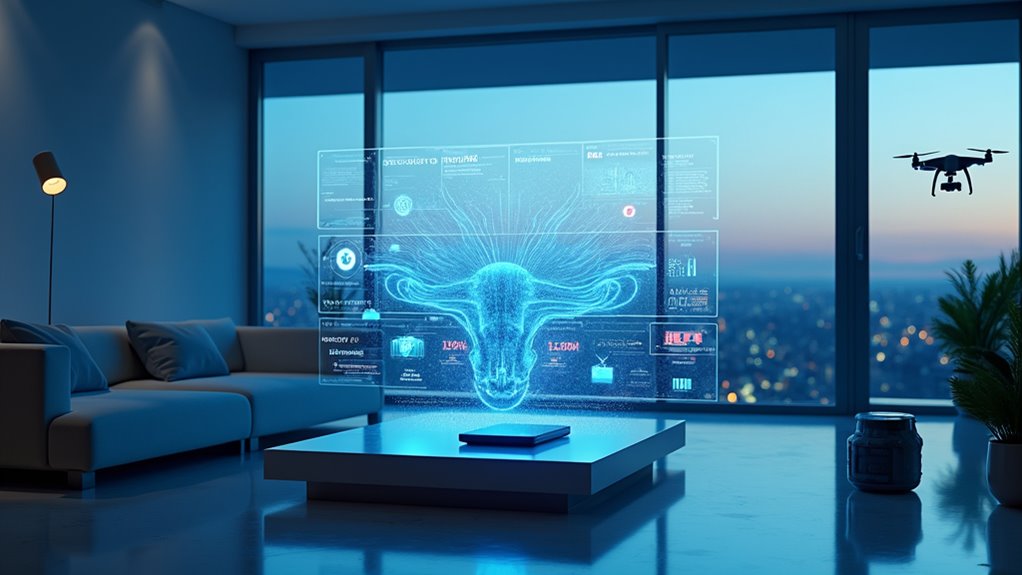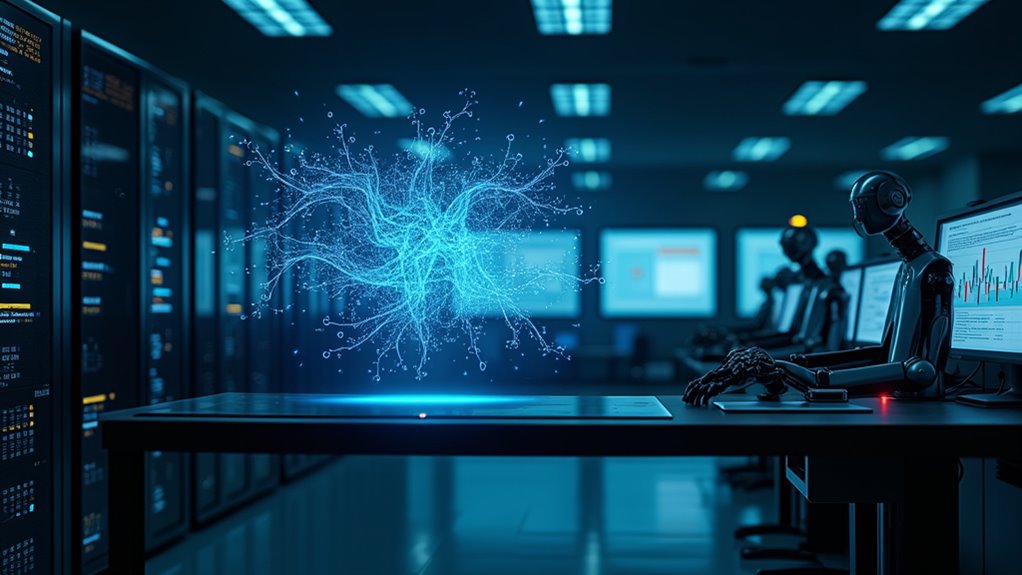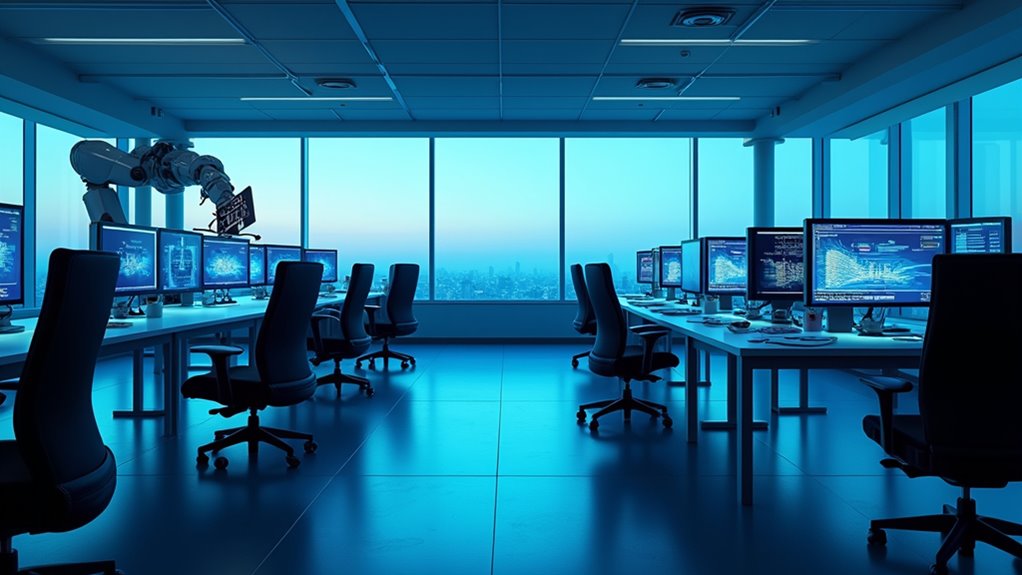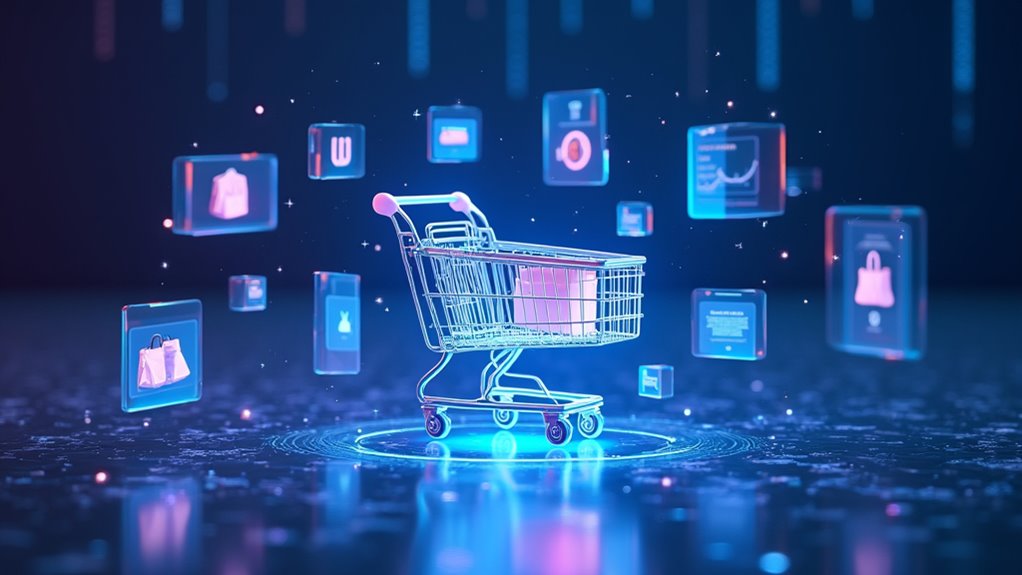OCR technology acts like a digital translator, converting printed and handwritten text into machine-readable data. It’s the bridge between physical documents and AI systems, using neural networks to process everything from ancient manuscripts to modern checks. The tech cleans up images, straightens crooked text, and interprets multiple languages – all while getting smarter through machine learning. With a projected 14.8% growth through 2030, OCR’s evolution promises even more impressive capabilities ahead.
Text trapped in images is like money locked in a safe – useless until you can access it. That’s where OCR (Optical Character Recognition) swoops in like a digital locksmith, transforming those pesky image-locked words into machine-readable text. It’s not magic, though sometimes it seems like it.
The process is actually pretty straightforward, even if the technology behind it is mind-bendingly complex. First, you scan or snap a photo of your document. Then the OCR system goes to work – cleaning up the image, straightening out crooked text, and removing digital noise. Think of it as giving your document a makeover before its big AI debut. Microsoft’s advanced technology enables processing of mixed languages and styles simultaneously. The market for this transformative technology is experiencing remarkable growth, with projections showing a 14.8% CAGR through 2030.
OCR transforms your messy documents into pristine digital text, like sending your data through a high-tech spa treatment.
What makes modern OCR truly impressive is its AI integration. Gone are the days when OCR could only handle perfectly typed documents in Times New Roman. Today’s systems can tackle everything from your doctor’s infamous chicken scratch to ancient manuscripts written in dead languages. Machine learning algorithms keep getting smarter, adapting to new fonts and writing styles like a language enthusiast on steroids. Similar to sentiment analysis capabilities in NLP, modern OCR systems can interpret and understand context within documents.
The impact? It’s everywhere. Banks use it to process checks (yes, some people still write those). Hospitals digitize mountains of patient records. Even governments are getting in on the action, turning dusty archives into searchable databases. And let’s not forget about making texts accessible to visually impaired individuals – because everyone deserves access to information.
The real kicker is how OCR and AI work together like a well-oiled machine. Neural networks process vast amounts of data, while language models correct those inevitable recognition errors. Want to extract data from a complex table? OCR’s got you covered. Need to process documents in multiple languages? No problem. The technology keeps evolving, getting more accurate and efficient.
For businesses, this means saying goodbye to mind-numbing manual data entry. For researchers, it’s like having a tireless assistant who never complains about reading through thousands of documents. And for everyone else? It’s just another piece of technology making our digital lives a little bit easier.
